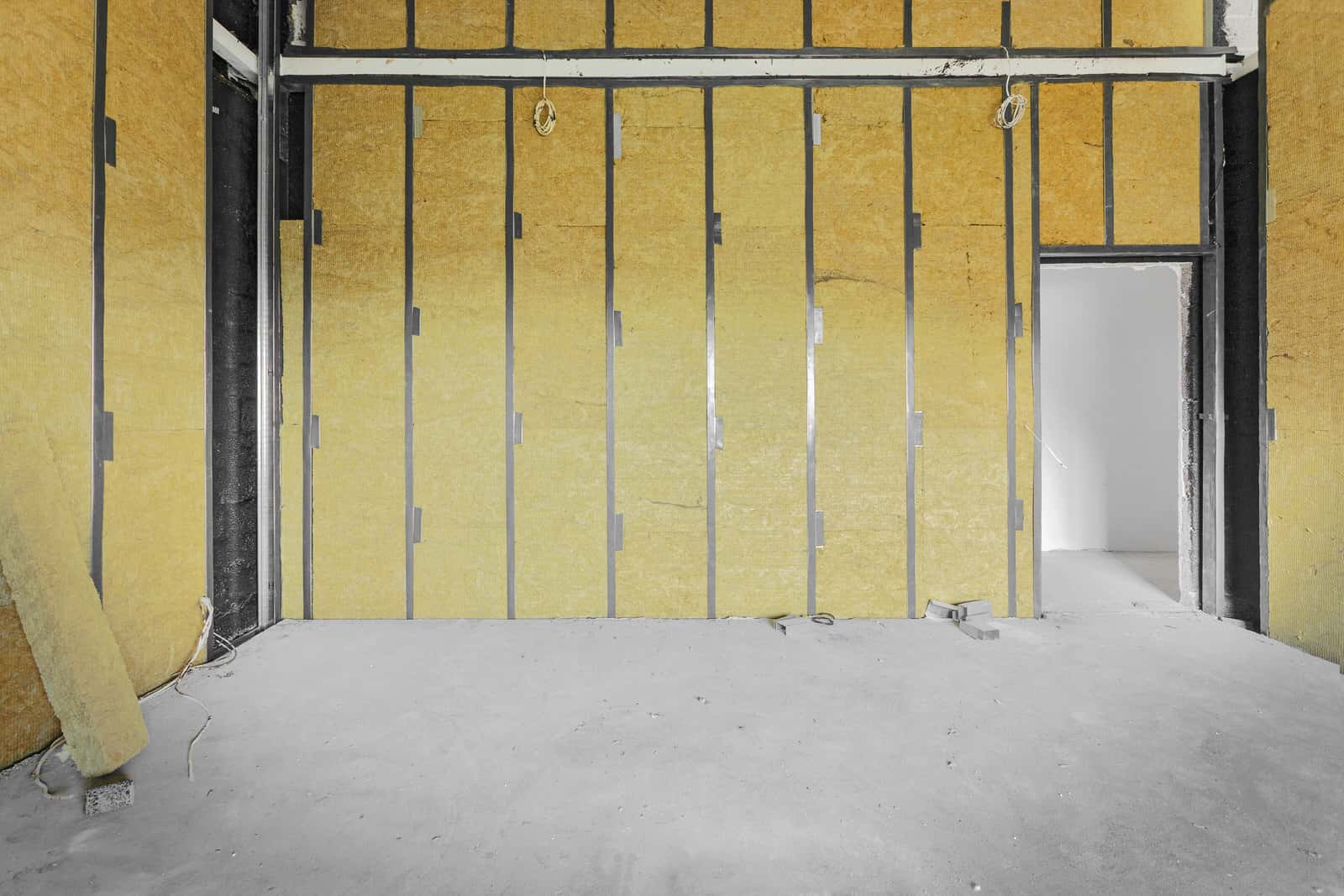
Contents
From a distance, you might think all garage doors look the same. However, once you start to see inside you will notice a difference, and one of those differences can be the garage door insulation. When you decide to insulate your garage door, you will start to see that the cold air stays outside and your energy costs will go down.
Before we get into detail about garage door insulation, you will need to know about the term R-value – a measurement of an insulating material’s resistance to conductive heat flow. Higher R-values contribute to greater insulating power.
Depending on your needs, the R-value may be different. For instance, a detached garage may not need insulation unless you use the space for something specific.
An attached garage, however, is more likely to need insulation, and that insulation should have an R-value of at least R-10. If that space is used for anything besides just parking your car, like a workshop or gym, you should look into R-16 or higher.
The R-value is not the only thing you should look for in your garage door. Quality weatherstripping will help keep energy costs down, too, and should stay flexible at temperatures down to -15 degrees Fahrenheit.
Great garage doors will also have section end blocks, which help keep the insulating material where it belongs, and these blocks will also help to secure the hinges to the door.
If you want to learn more insulating your garage door or if you are looking to upgrade your garage door, call Environmental Door for a free quote at 616-453-0164, or visit our Grand Rapids showroom at 11501 3rd Ave NW.
Recent Posts
5 Expert Tips for Installing Residential Garage Doors
Installing a residential garage door might seem simple, but even small mistakes can lead to
Essential Tips for Installing Residential Overhead Doors
Installing residential overhead doors can seem intimidating, but with the right approach, it’s manageable. You’ll
Top Errors to Avoid in Garage Door Installation
A garage door installation can feel like traversing a maze, where one wrong turn can

